Clint Davis is a professional photographer and art director who shoots for magazines & commercials. Along with Nick Saglimbeni, he created Mastering Compositing, a set of videos to teach you how to take multiple images and combine them into one amazing image. You can get Mastering Compositing at PhotoWhoa for 50% off until December 30th.
You’ve gotten a lot of recognition for your work, notably getting written up in PDN. Why do you think you’ve gotten all this attention?
Never really thought of a formula on how to get attention, I just enjoy taking pictures and sharing my vision with the world. Fortunately, I’ve been able to make a career out of doing what I love, and I think that’s what it all boils down to.
How did you start landing top-tier clients, and what tips would you give to a photographer for replicating your success?
Being consistent with your style and having a narrow vision of what you want to display is important. A portfolio that includes cars, athletes, weddings, landscapes, dogs, and photojournalism will confuse any onlooker. 99 times out of 98, a client is coming to you for a specific look… the look you have displayed in your portfolio. That bit of advice, and never get comfortable. Keep your calendar full of creative work, even if it’s free work.
What do you think is the biggest challenge to compositing images?
So many aspects to compositing, but I would have to say matching the lighting. Some composites can contain photos from dozens of images, and if one doesn’t mesh well with the image as a whole, it is brought down to that level. A composite image is only as good as it’s weakest link.
What common mistakes do newbies make when they try compositing?
Not just newbies, but I see this in magazines where ads cost $100,000s of dollars. My girlfriend likes to play this game with me every time she gets one of her girly mags, and that’s “tell me what’s fake”. Practically everything is retouched in magazine ads now-a-days, but the most common mistake I see most is not doing a proper clipping job around the subject. Most of the time the object (skin, clothes and hair most common) is fuzzy or too hard of a line on the edge. Getting that feather selection of the object is crucial.
As done by Clint Davis
What are three things someone can do to improve their retouching skills as recommended by Clint Davis?
1. Three, or 300? SOO MANY! I can say my retouching increased 10 fold when I learned how to use the mask feature in Photoshop. Very very very very very very powerful feature. LEARN IT.
2. Second, and what used to be first, is the pen/path tool. A very efficient way to make precise selections, which will always be saved within an image (yes even .jpgs)
3. Put a plastic Barbie doll beside your monitor, and let that be an example of what not to do… unless of course you’re retouching a campaign for Barbie.
For a photographer or editor who wants to shoot (or edit) magazine covers, what steps should they take?
Chances are if you are in communication with an editor for a cover, they already love your style, so don’t stray too far away from what you already know! Do exactly as they say, with your flare, and you’ll fell on top of the world when the magazine cover is in your hands, along with a happy editor.
When you were starting out, what did you do to improve your photography skills?
Online tutorials are a massive advantage in this day and age. It’s really quite mind-blowing the techniques professionals are willing to share for a cost of one or two memory cards. I’m a firm believer that simply getting out and learning through trial and error is the best method to improvement, however watching tutorials from decorated professionals such as Nick Saglimbeni, Zack Arias and Chase Jarvis will give you that “ah-ha!” moment to add to what you have already personally experienced.
What do you do when you’re on a shoot and you just can’t get good images?
Doesn’t happen. Preparing is just as important as performing. The shoot is practically over before my finger hits the shutter. Cheers!
That was Clint Davis. Did you enjoy reading about him? Do give us a feedback by leaving a comment below.
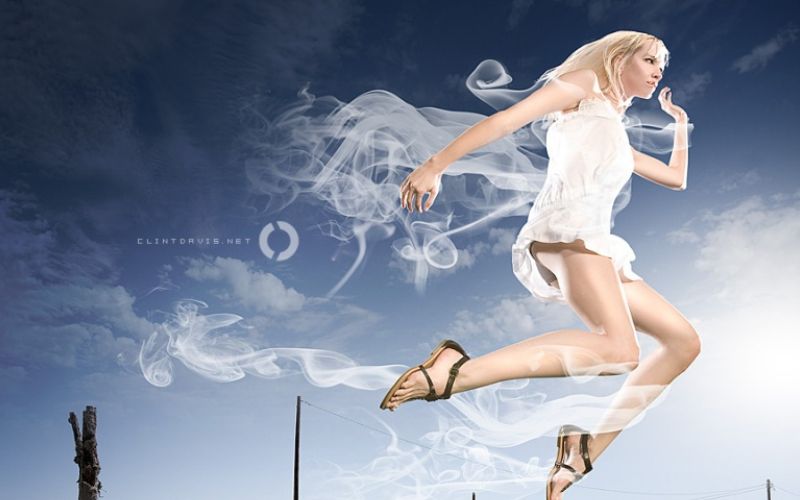
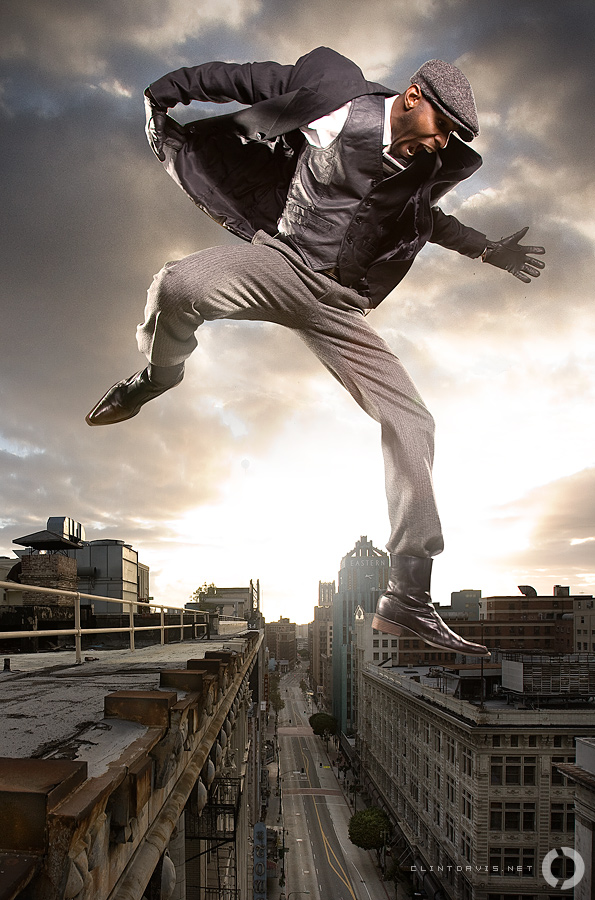
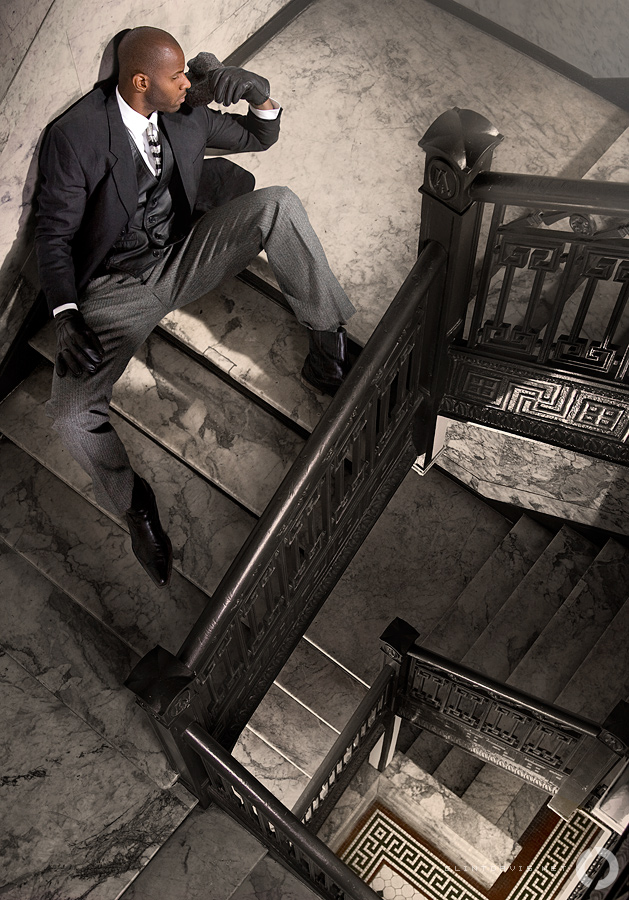
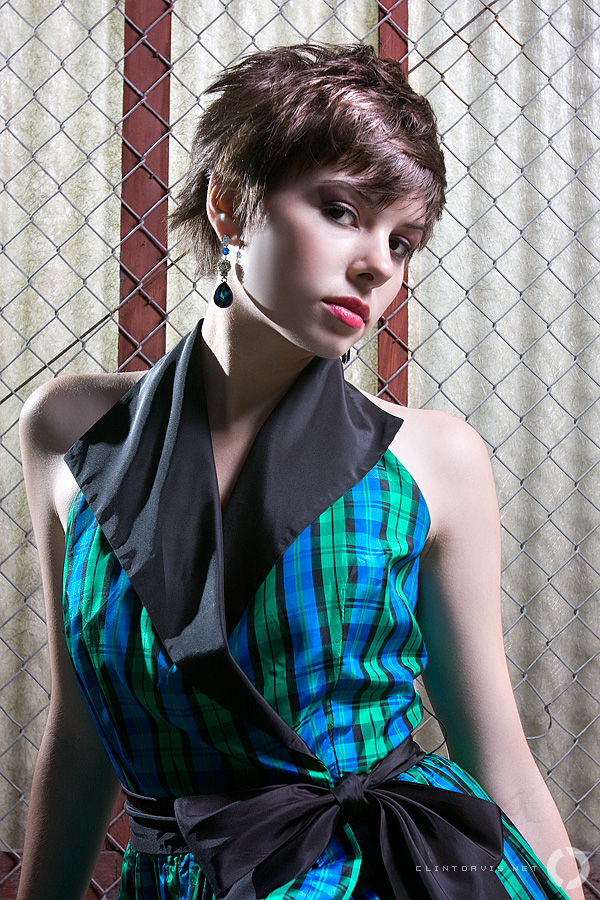
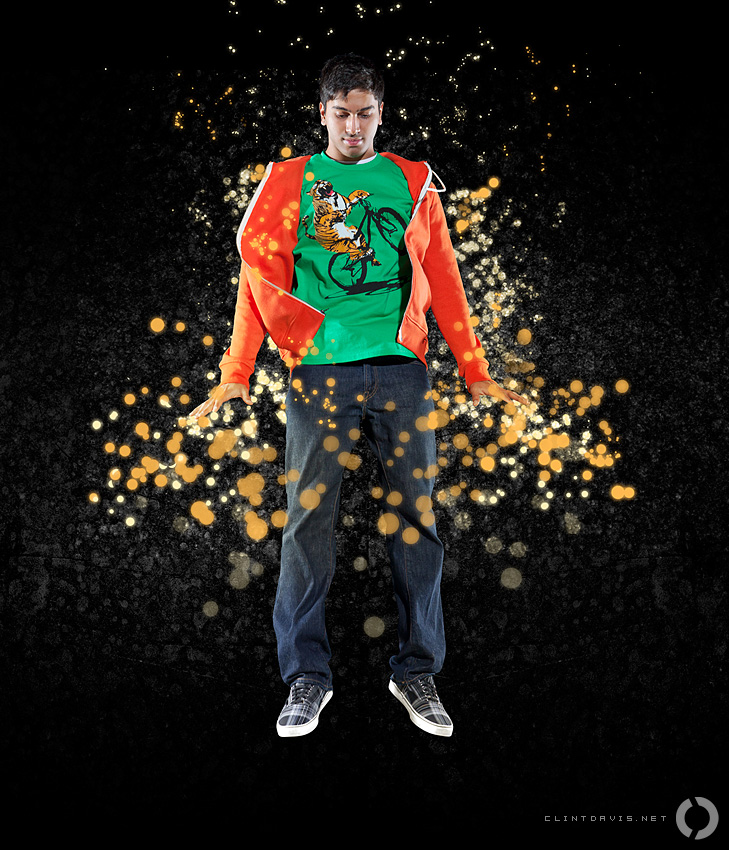
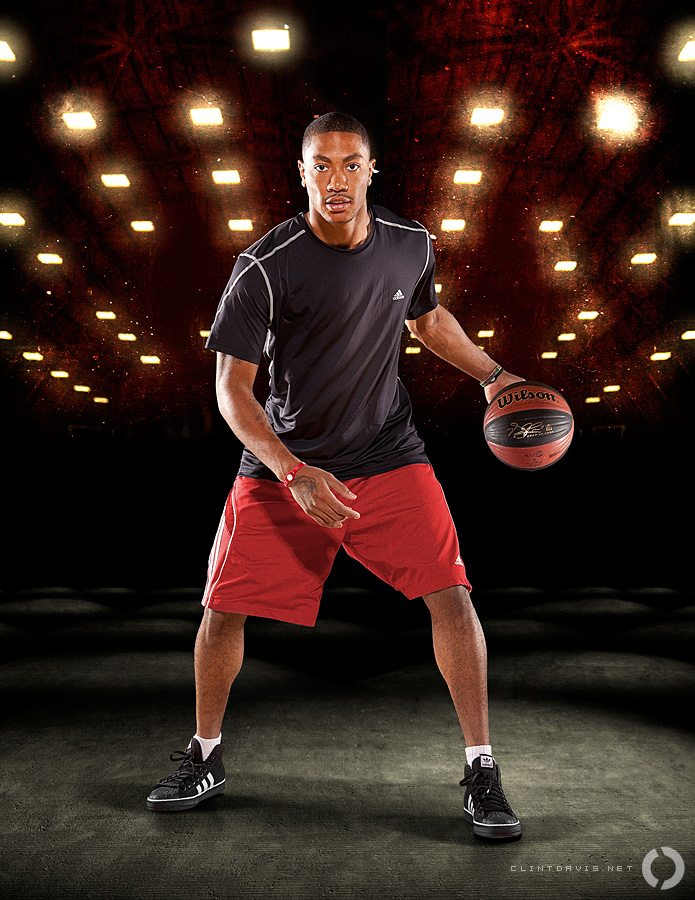
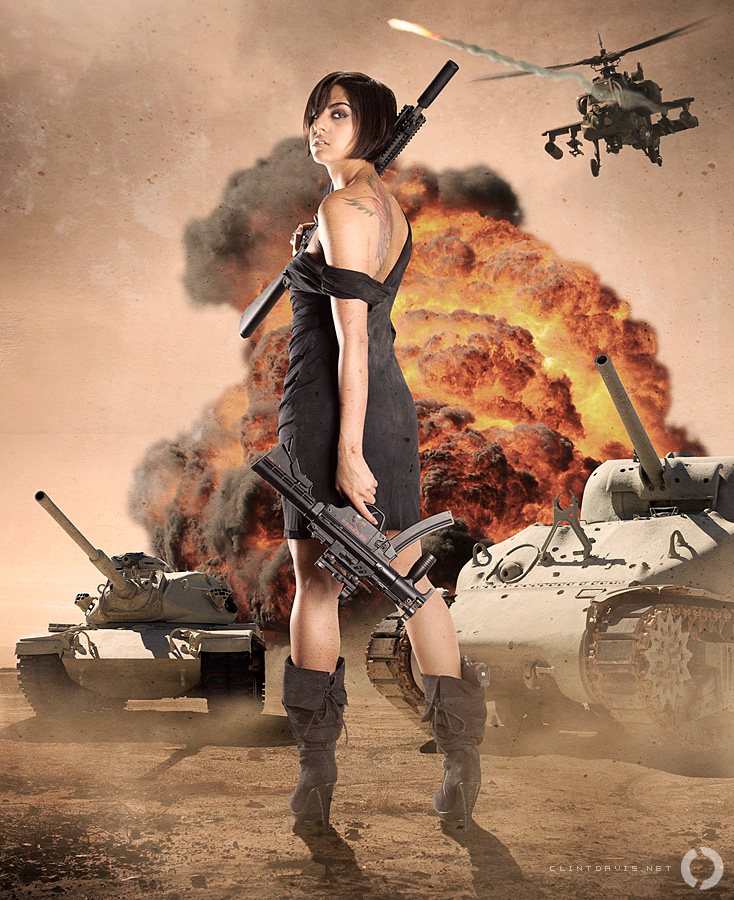




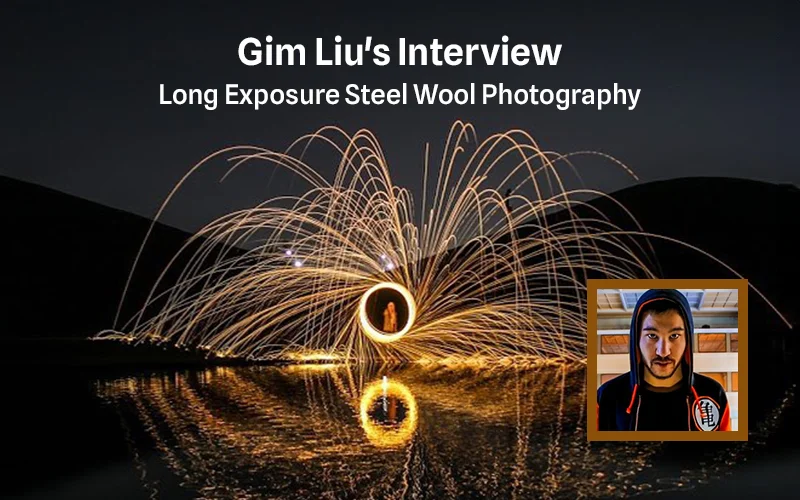
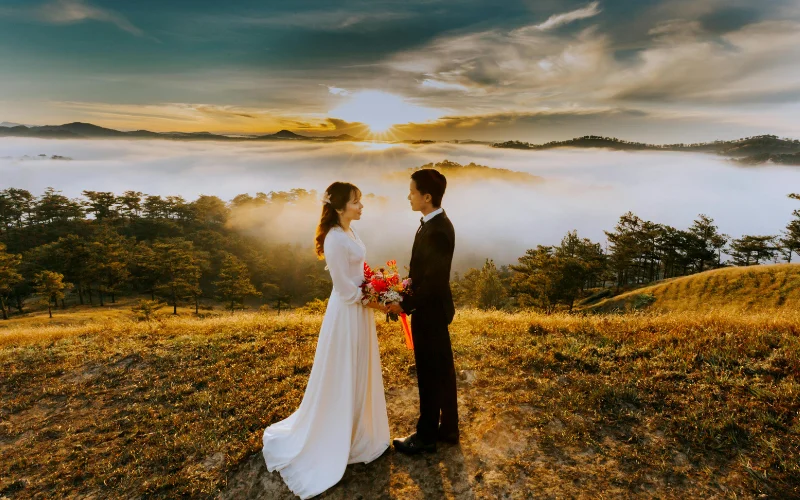




2 Comments on “Clint Davis Interview: Mastering the Art of Compositing”
If you’re a photographer, designer, and retoucher, it’s easier to make great stuff like this. I’m primarily a retoucher and get called in to do comps “after the fact”. Rarely do I see images properly set up for comps. Many times I have to re-light an element, and that doesn’t always look peachy. 🙂 But as you can see here, when you have full creative control, you can make it happen well. Keep up the great work.
Thanks for the kind words Spy! And trust me I feel your pain too!